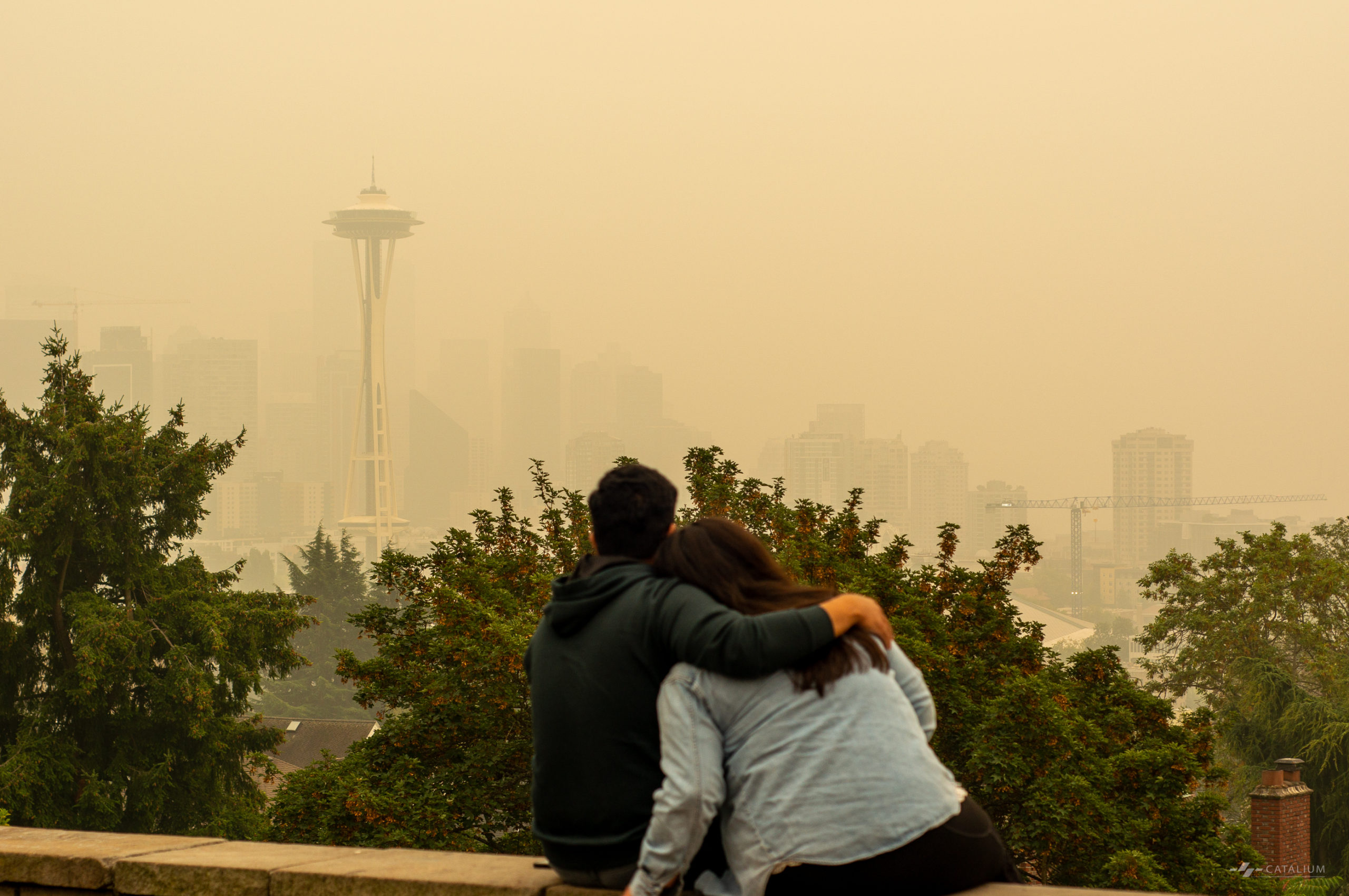How’s your summer going? Have you been impacted by wildfire or heatwave? Struggled to sleep during muggy nights? How does your summer compare to five or ten years ago?
Climate Change is Real
Living in the Seattle area, I’ve encountered all these challenges. Climate change is unmistakably altering our everyday experiences. This summer, fires rage in places like Hawaii’s Lahaina, Canada’s Yellowknife, and Spain’s Tenerife, causing devastation and loss. In the meantime, global glaciers and snow covers are receding at an alarming rate. In Switzerland, residents are hustling to protect both their winter lifestyle and a critical energy source: hydropower.
Personal Stories & Actions
Opt in Renewable Energy
In my six years in Seattle, I spent the first two without needing a fan. Now, I rely on an AC (powered by renewable energy). My awareness of climate change deepened in 2020 during visits to the Pacific Northwest’s national parks. Numerous glacier vistas feature interpretive panels showing historical glacier photos over a century. The retreat of these glaciers is evident.
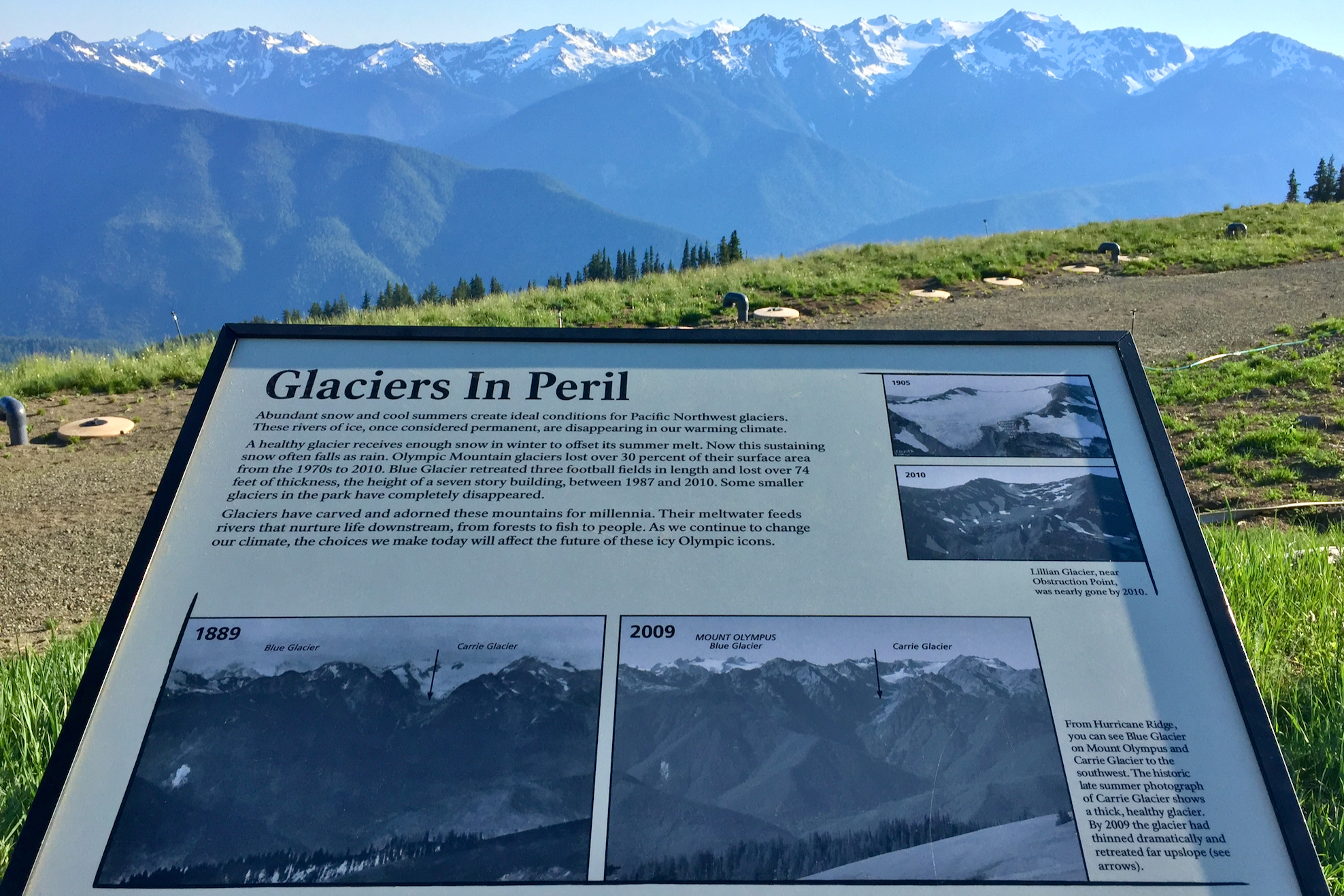
Moved by this tangible evidence of climate change, I enrolled in the Puget Sound Energy’s Renewables program. By paying a small premium, I ensure PSE sources renewable electricity equivalent to my consumption. This individual switch might seem minor, but imagine if everyone with access took similar action. As more people opt for renewable energy, costs will decrease, leading us closer to the turning point where it’s more economical than fossil fuels.
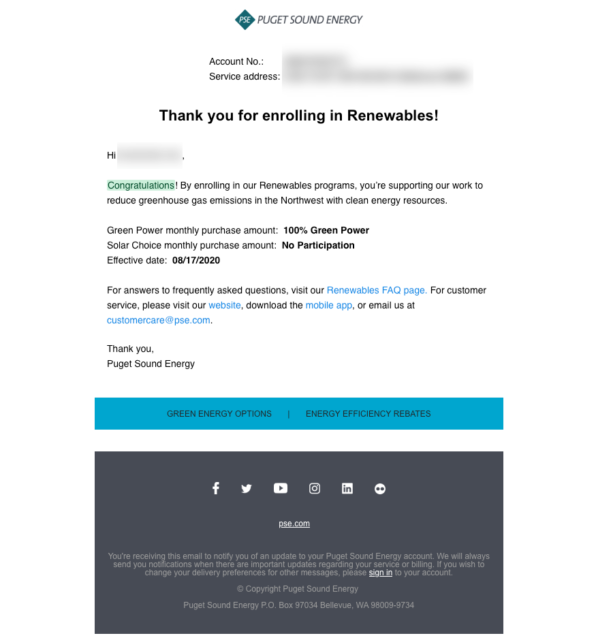
If you wand to do the same, here are the renewable energy opt-in programs in major metropolitan areas:
- Seattle – PSE Renewables: https://www.pse.com/en/green-options/Renewable-Energy-Programs/renewables-home
- San Francisco – CleanPowerSF: https://www.cleanpowersf.org
- Los Angeles – LADWP Green Power Program https://www.ladwp.com/ladwp/faces/ladwp/residential/r-gogreen/r-gg-signupforgreenpower?_adf.ctrl-state=gcuq7t6p2_4
- New York City – NYS Power To Choose: https://documents.dps.ny.gov/PTC/home
- Chicago – Illinois Solar for All: https://www.illinoissfa.com/programs/community-solar/
- Dallas/Houston – Power to Choose (need to select 100% renewable): https://www.powertochoose.org/en-us/Plan/Results#
- Miami – FPL Solar Together: https://www.fpl.com/energy-my-way/solar/solartogether-res.html
- Washington DC – Buy Green Power, Department of Energy and Environment: https://doee.dc.gov/node/22372
- Philadelphia/PA – PA PowerSwitch: https://www.papowerswitch.com
- Atlanta/GA – Georgia Power Renewable Energy Credits: https://www.georgiapower.com/residential/save-money-and-energy/products-programs/residential-solar-solutions.html
- Phoenix – APS Green Choice Program: https://www.aps.com/en/Residential/Service-Plans/Compare-Service-Plans/Green-Choice-Percentage; SRP Solar Choice: https://www.srpnet.com/account/electric/manage-bill/solar-choice-program
Effective Insulation
In late June 2021, the Pacific Northwest suffered a rare, intense heatwave, claiming many lives. I sought refuge from this stifling heat by car camping on the Olympic Peninsula.
But with work awaiting me in the still-sweltering city, I pondered insulation solutions on my way back.—I was still resisting getting an AC at that time. I started to analyze it as an engineering problem—if I can’t do anything to the heat source—can I cut off the thermo conduction to my apartment?
I considered using foam or cooking aluminum foil but found them impractical.
Then, an idea struck: my emergency thermal blanket, designed for outdoor hypothermia prevention. Its aluminum coating reflects infrared wave, making it a surprisingly effective insulator.
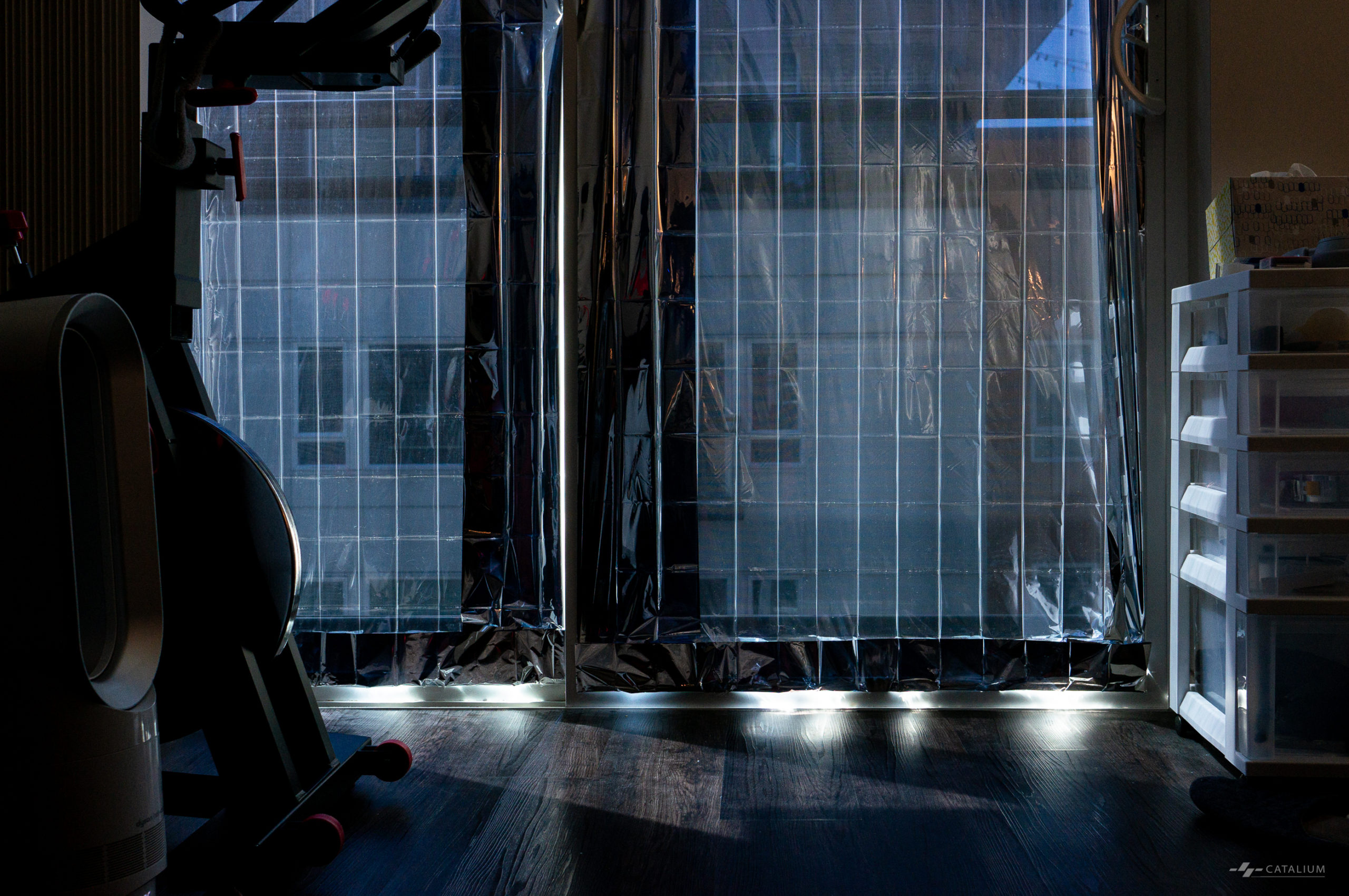
After applying the thermal blanket, the results were evident. With an exterior temperature of 42ºC, my room was at a bearable 31ºC. Without the blanket, it could have reached 36ºC. In another instance, when it was 31ºC outside, the room remained at 27ºC. While some light still penetrated through the film, the infrared waves were filtered out, making the floor feel cool, almost as if bathed in moonlight.
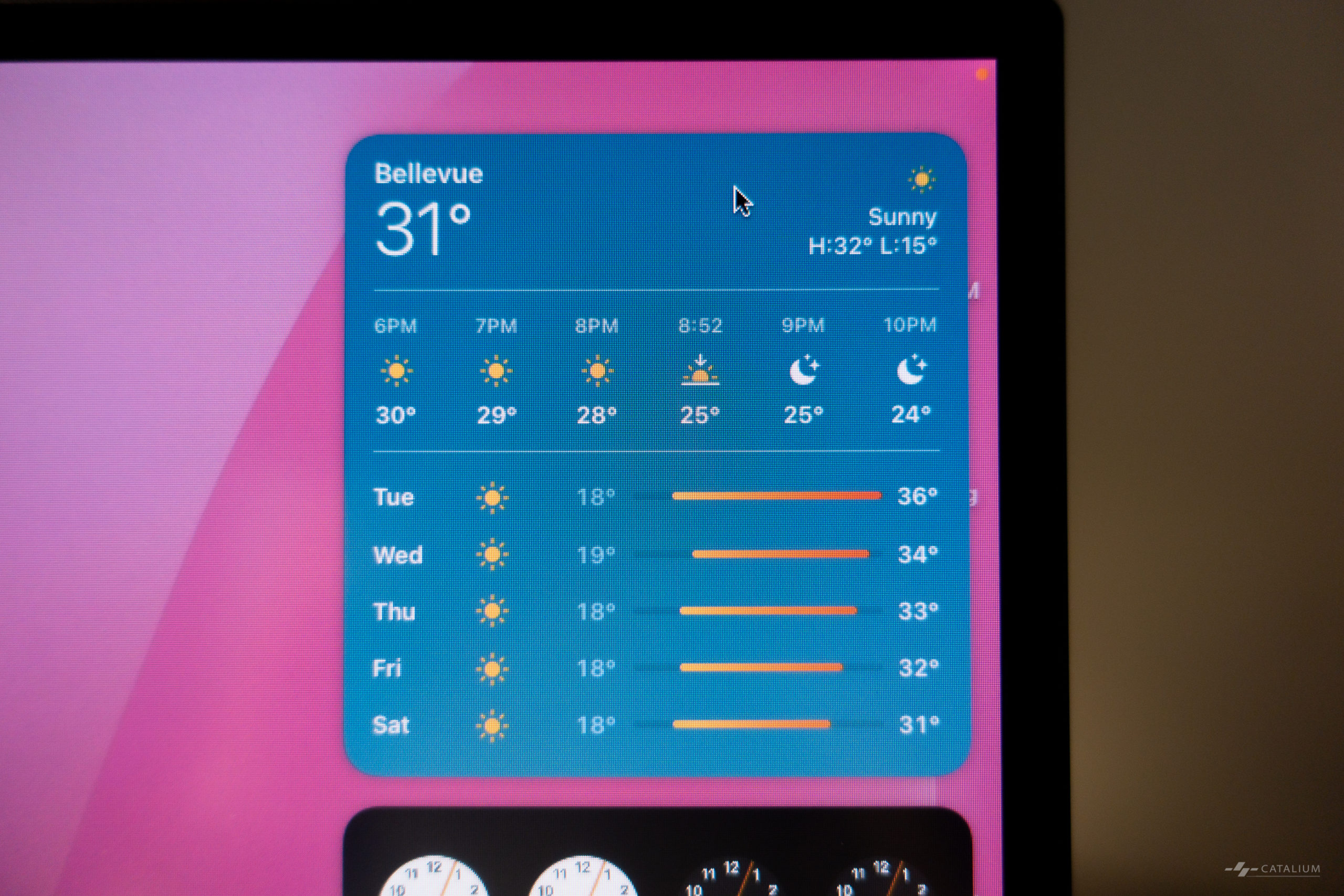
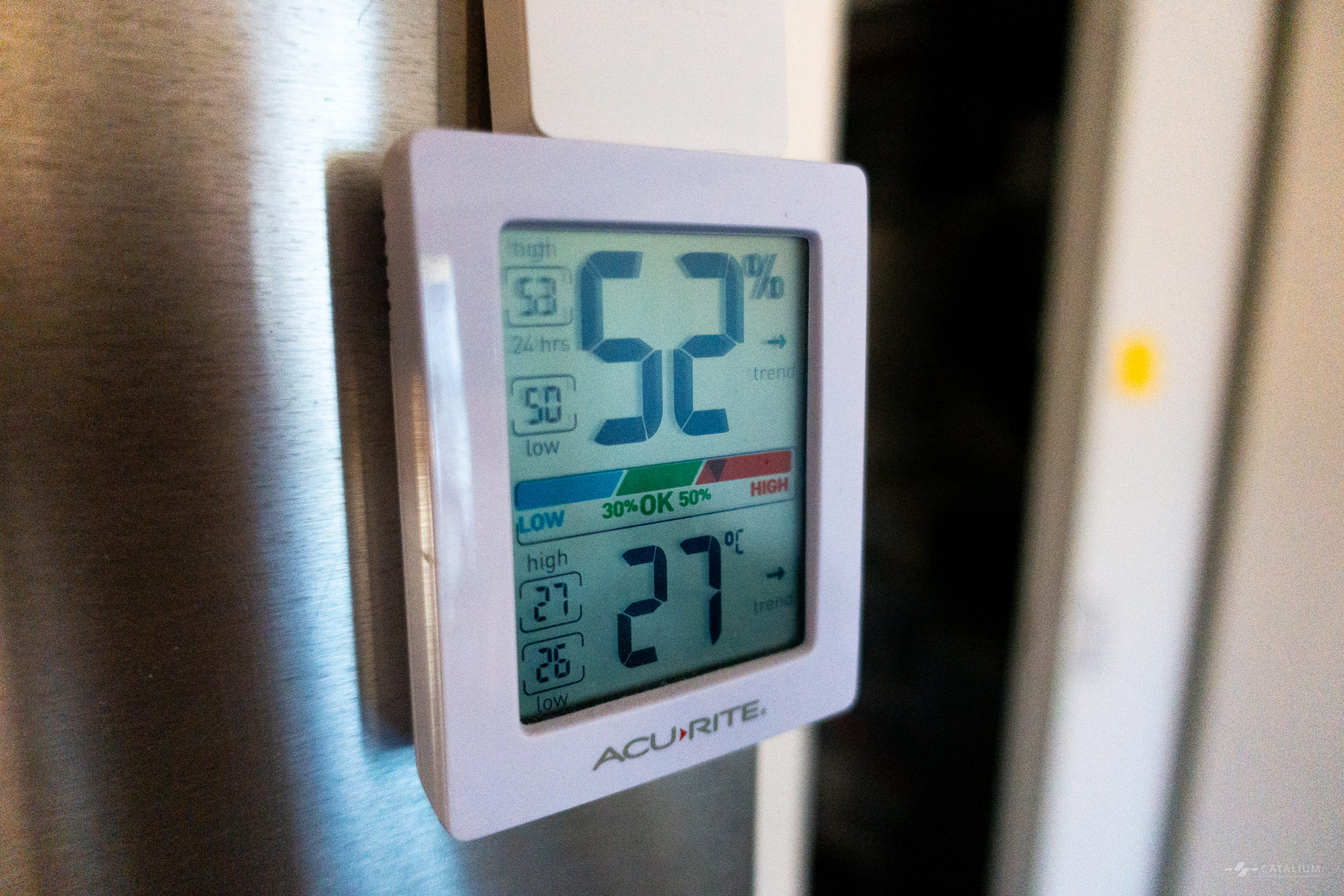
This simple adaptation made a notable difference. Rooms with sun-facing windows essentially become greenhouses. Although I don’t have exact figures, I suspect that considerable amount of the world’s AC energy consumption combats this greenhouse effect, particularly in residential settings. If you’re looking to enhance the thermal efficiency of your home, consider 3M’s solutions. Disclaimer: I’m not sponsored by 3M; I came across their products while researching insulation improvements for my parents’ home.
Think Big
The above two stories were my actions to mitigate and adapt to the changing climate. If we zoom out, there are more things we need to plan ahead from a higher level.
New Architectural Approach: Underground Cities
Tragic stories, like those of 82-year-old Virginia DeSapio and 72-year-old Stephanie Pullman, who perished in extreme heat due to AC and power failures, highlight the danger of relying solely on power. Instead of active cooling methods, we should consider passive solutions like underground cities, reminiscent of bunkers’ naturally cool environments.
Carbon Tax
By associating consumption with carbon emissions, we could incorporate a carbon cost into every product or service. This approach would push service providers to reduce their carbon footprint, leveraging consumers’ buying power for decarbonization.
Industrial Decarbonization
Our current atmospheric CO2, largely a product of industrialization, cannot solely rely on natural absorption. Studies suggest that achieving pre-industrial revolution CO2 levels could take millennia. We must pursue carbon removal at an industrial scale. Using Carbon Tax revenues to incentivize renewable energy-driven carbon capture could be one solution.
Conclusion
Climate change is arguably our most pressing challenge. We need to act now: join renewable energy initiatives, and seek ways to minimize unnecessary energy consumption.
We can’t afford to lose more beautiful places like Lahaina. Act now!
